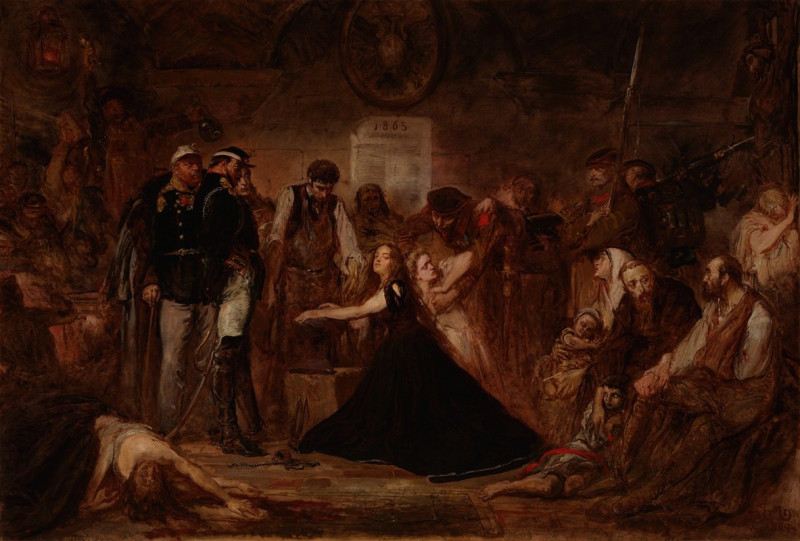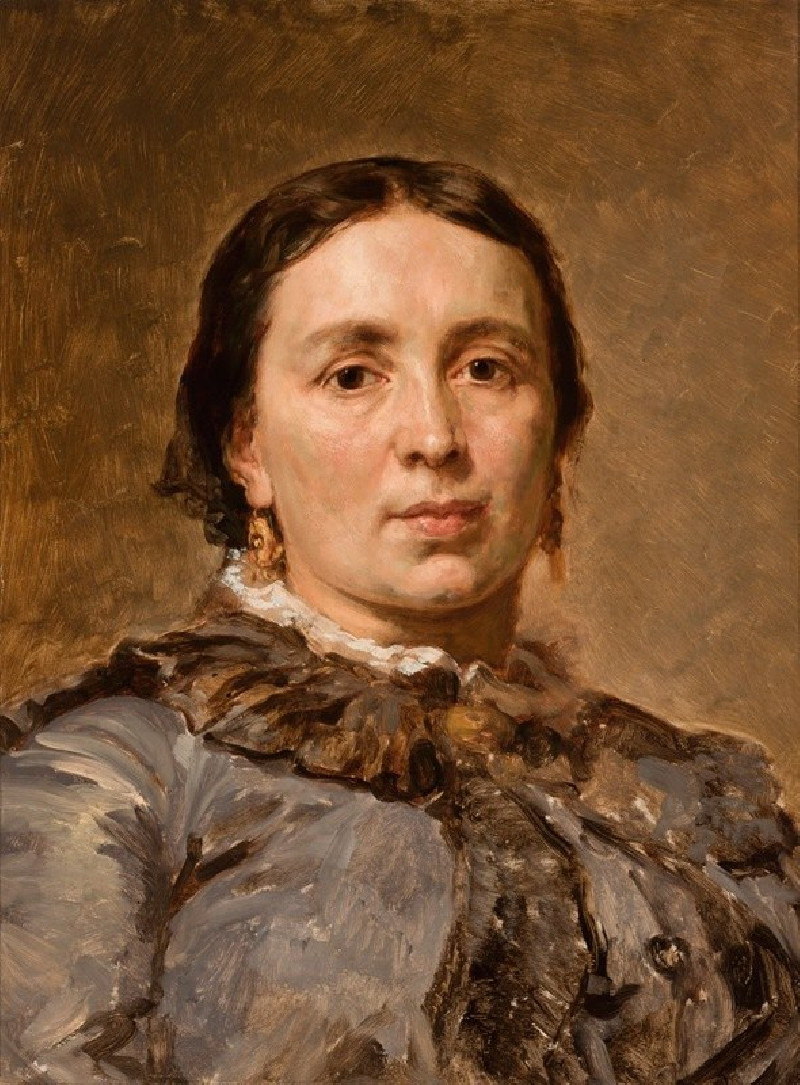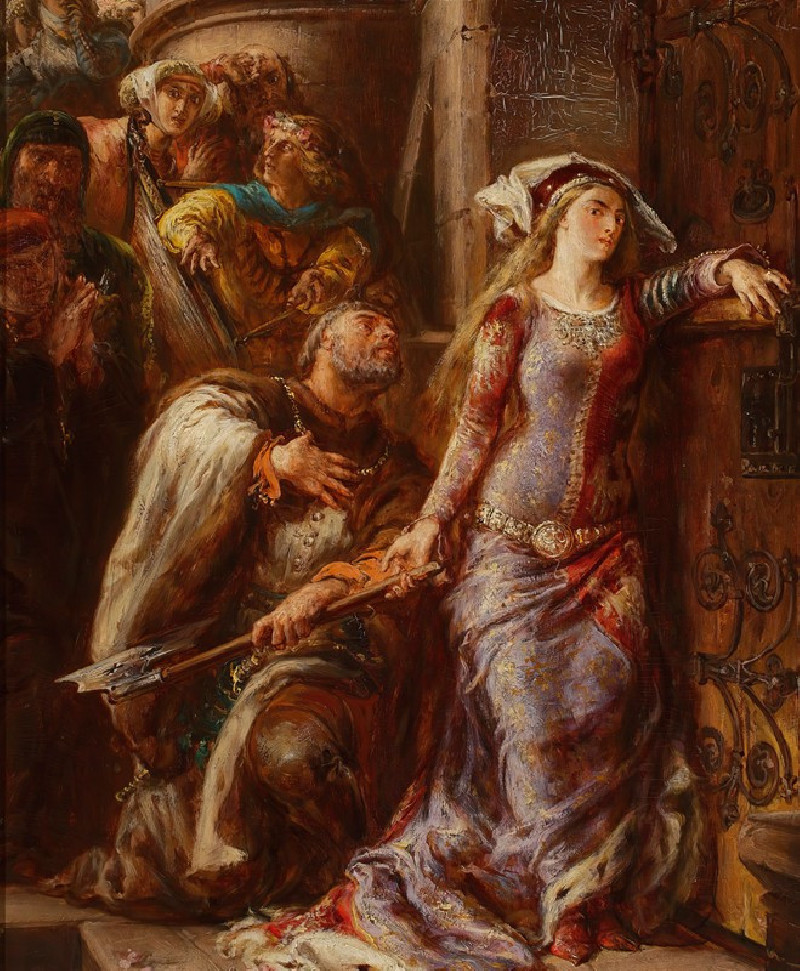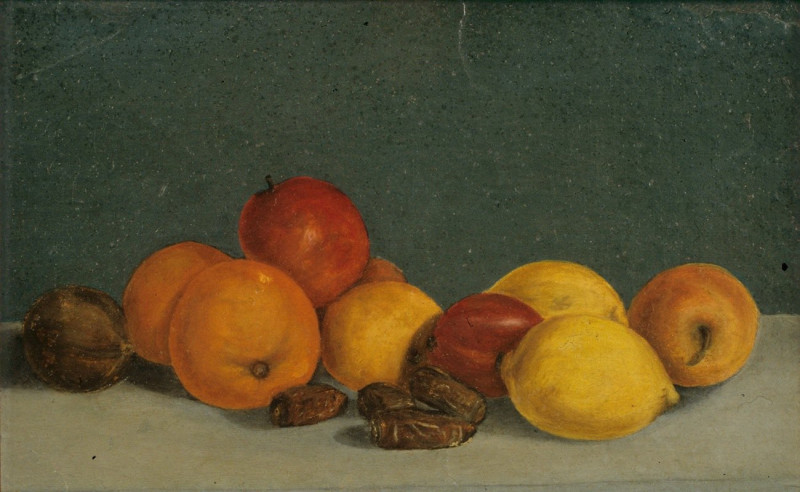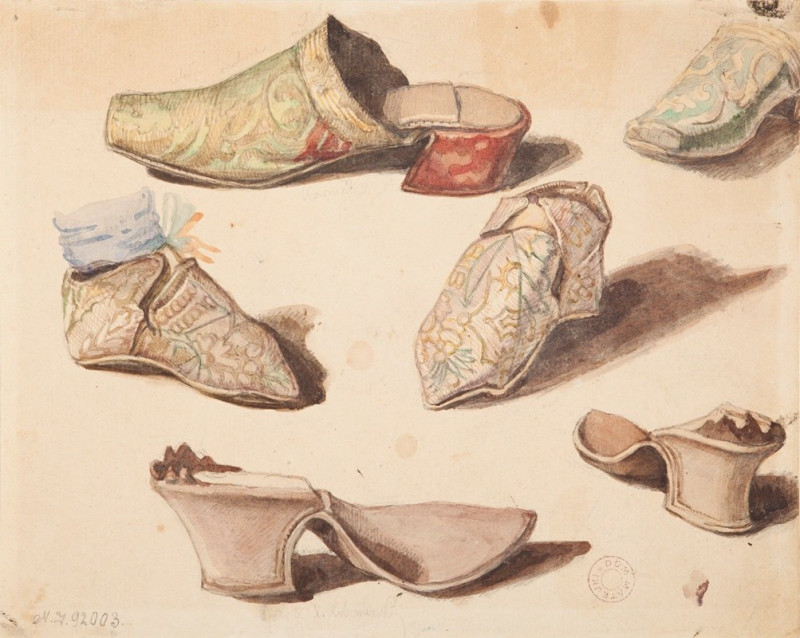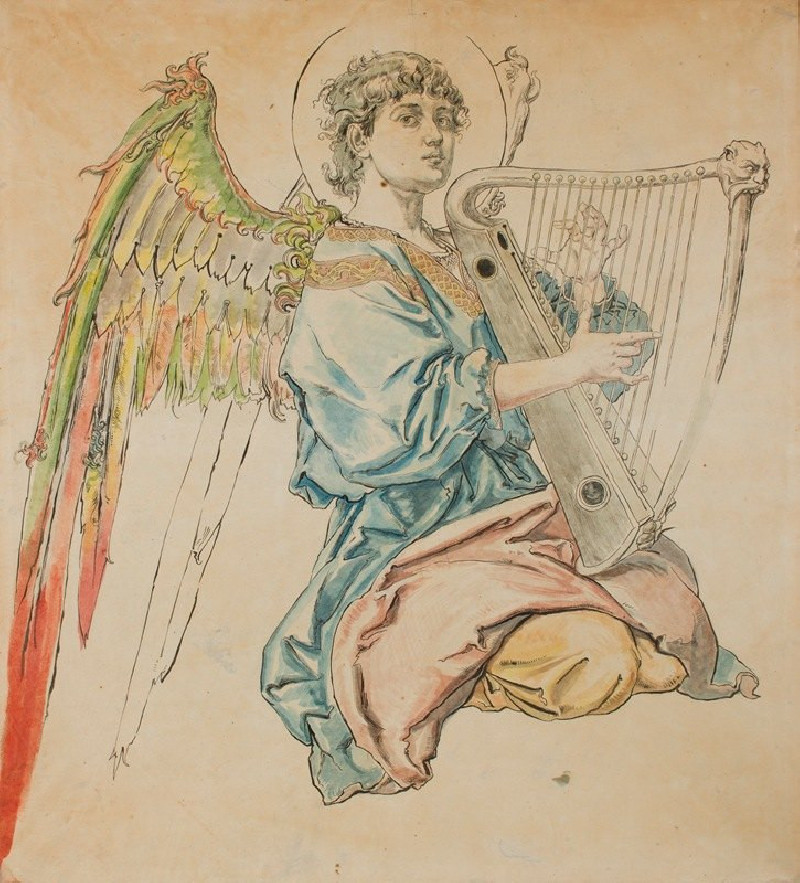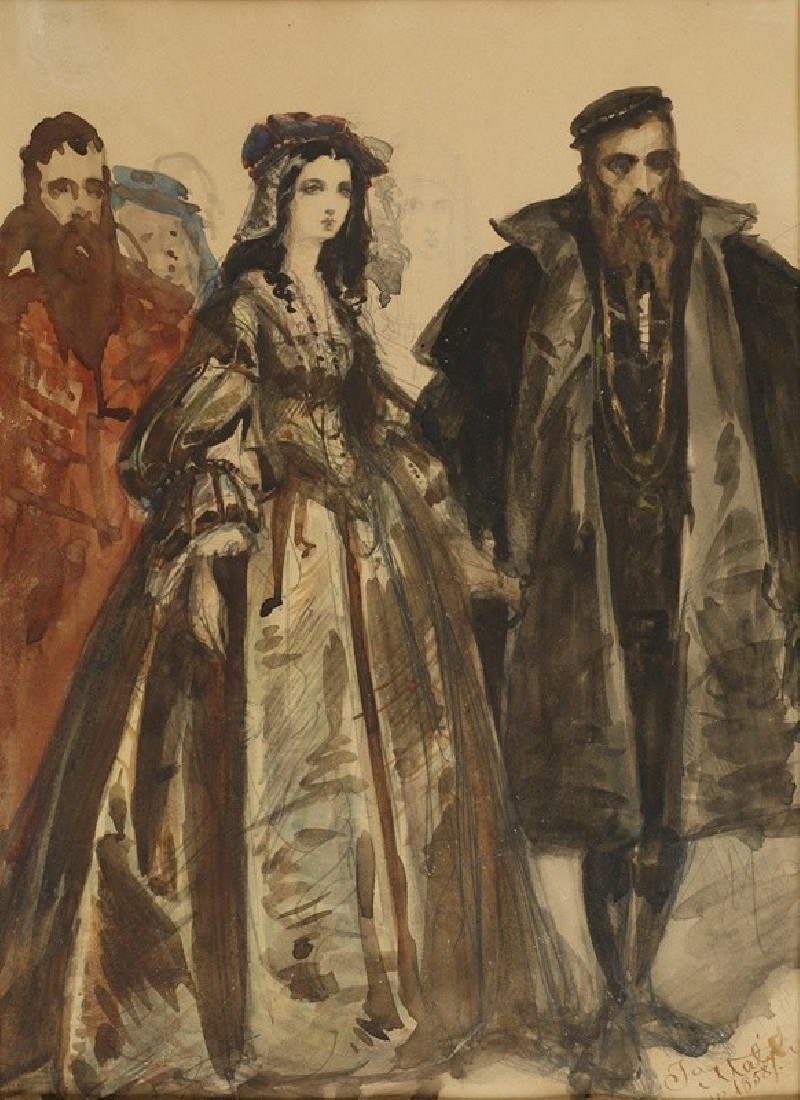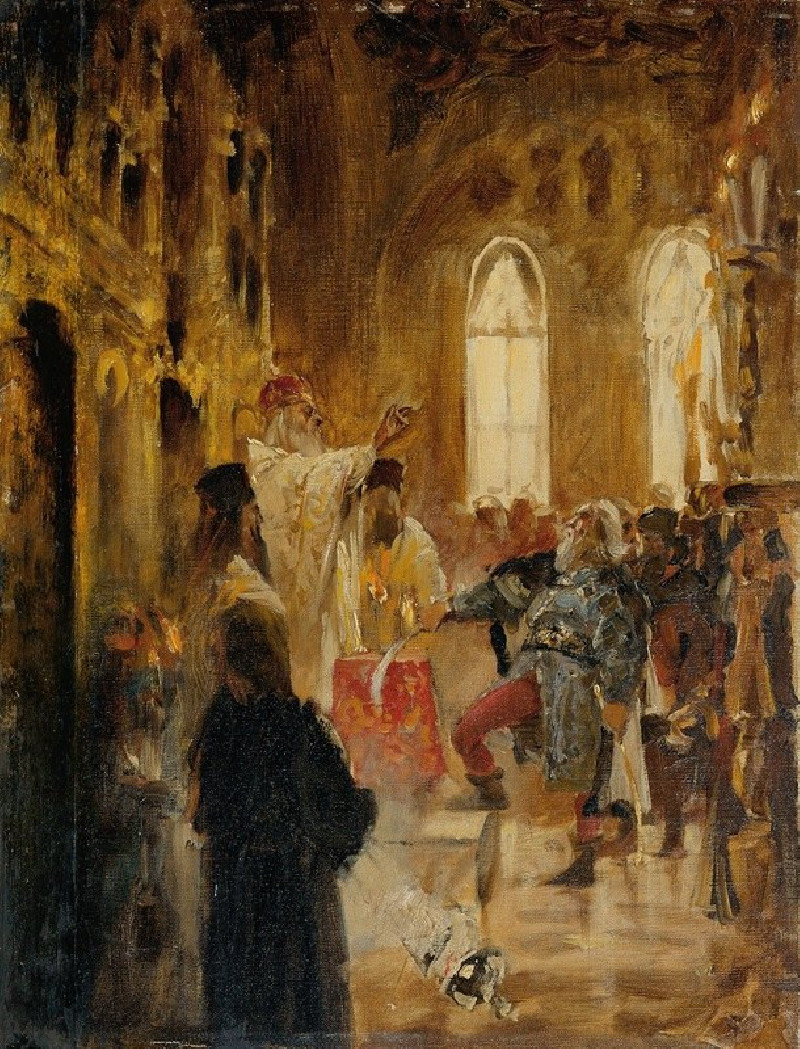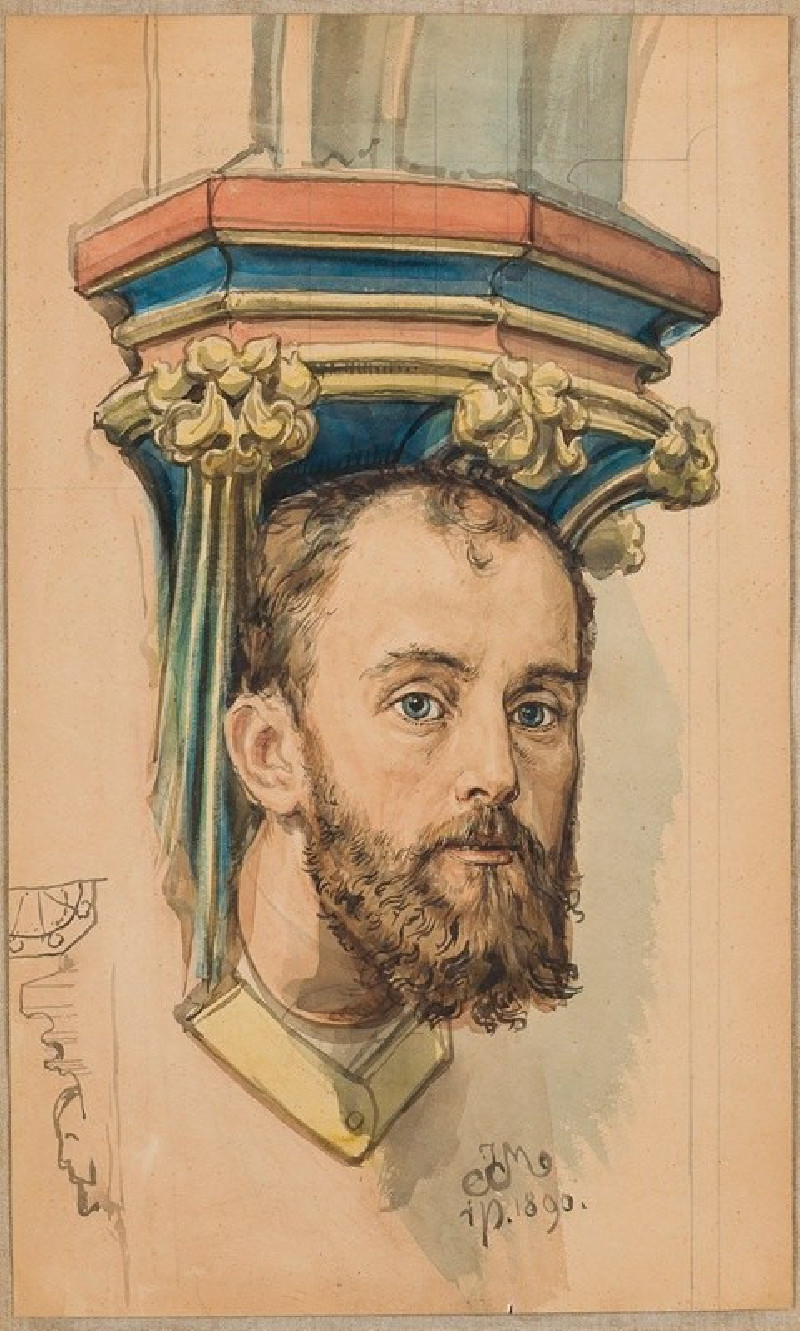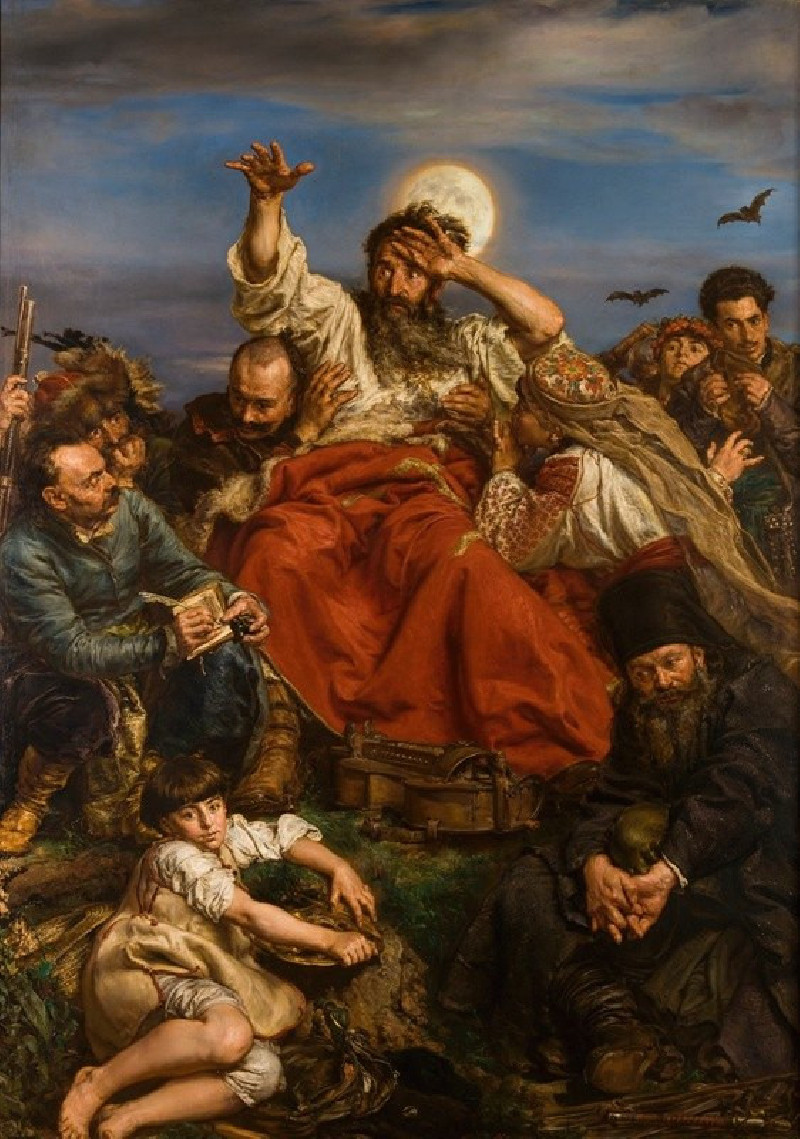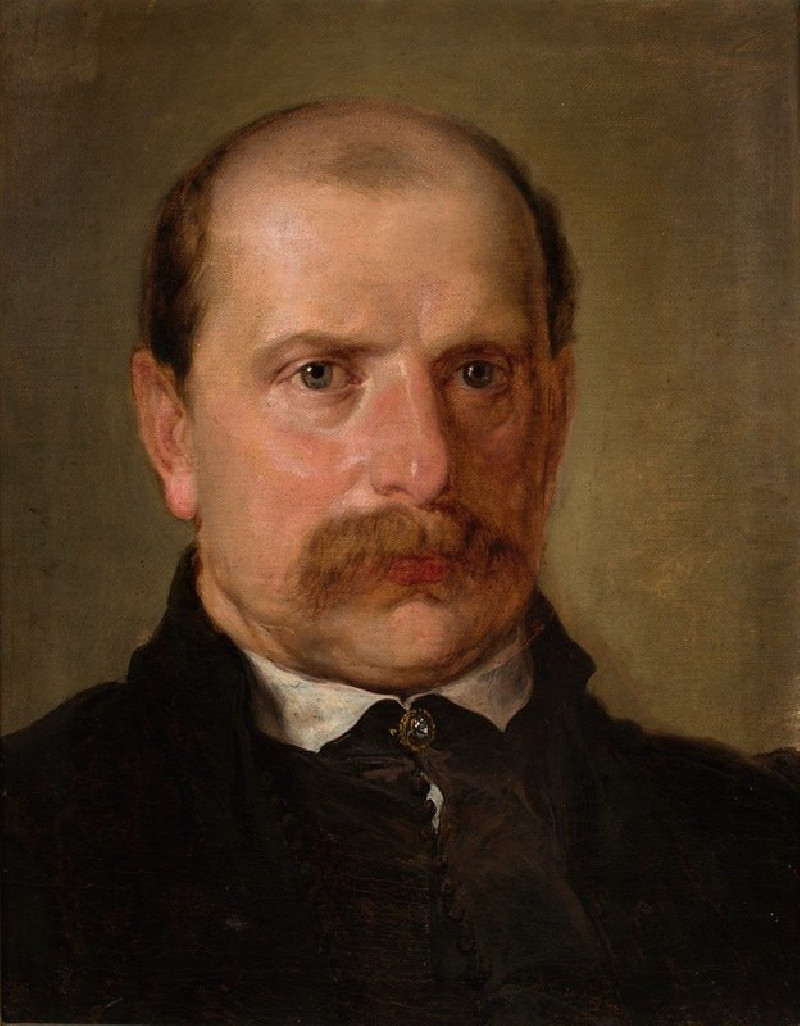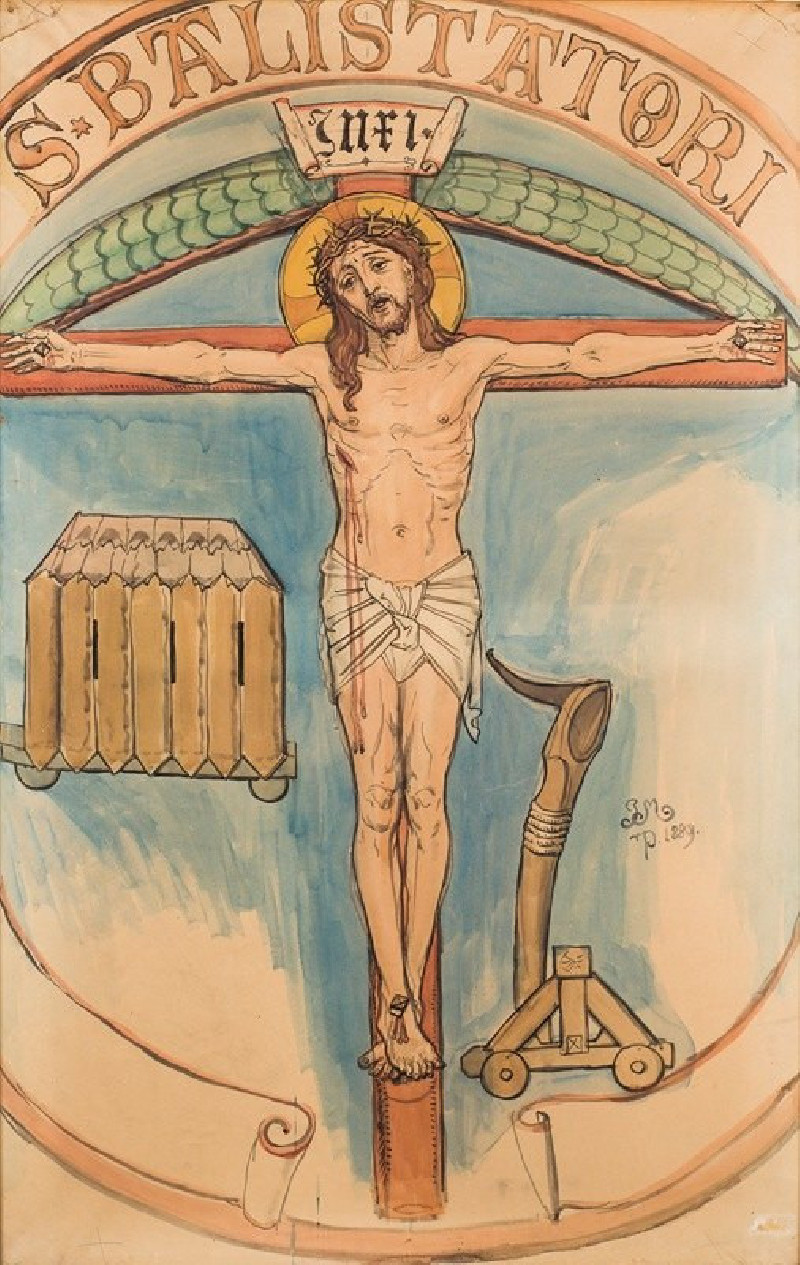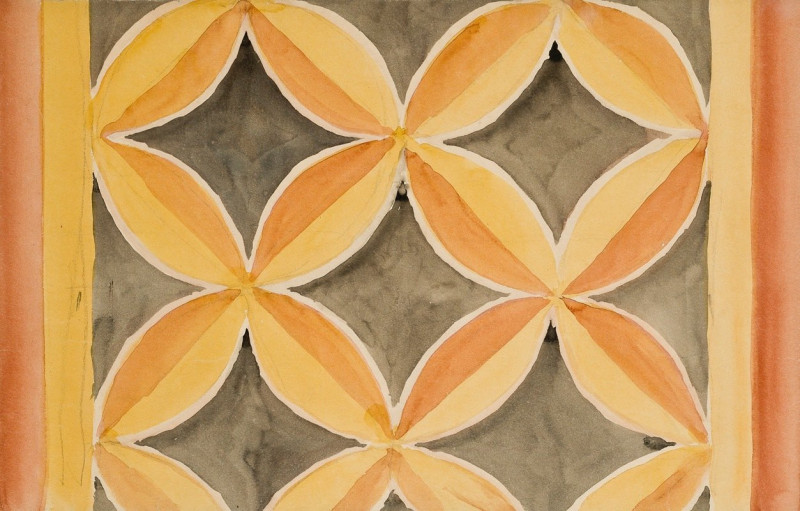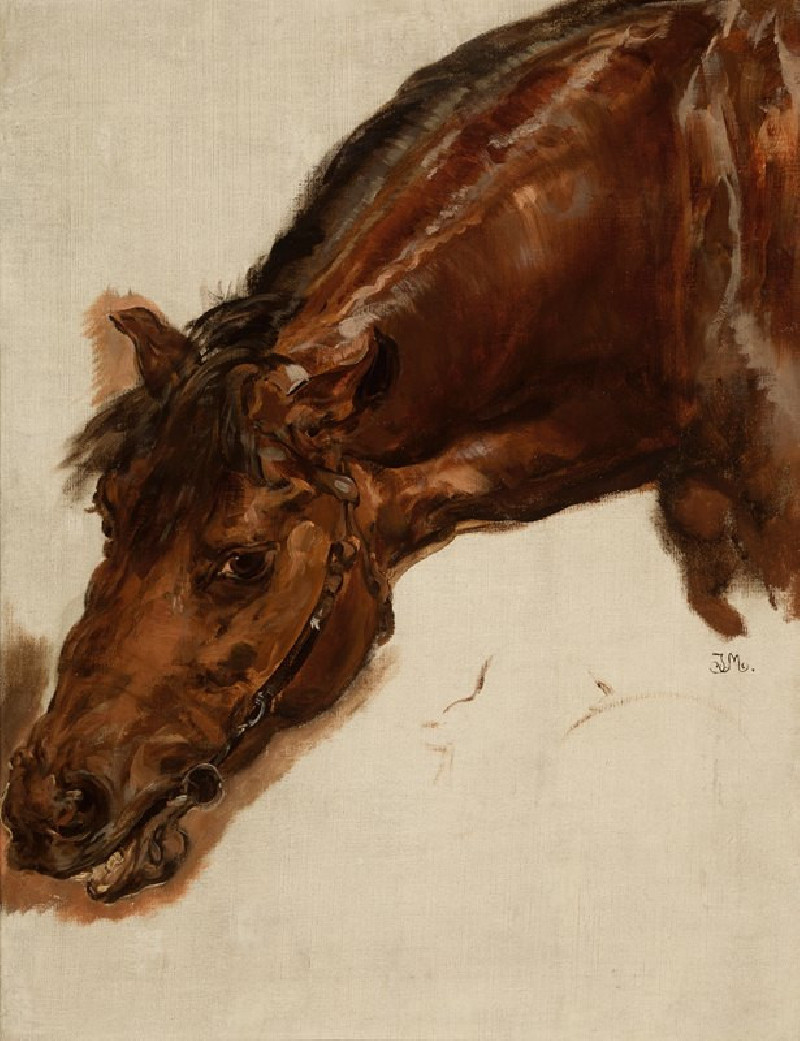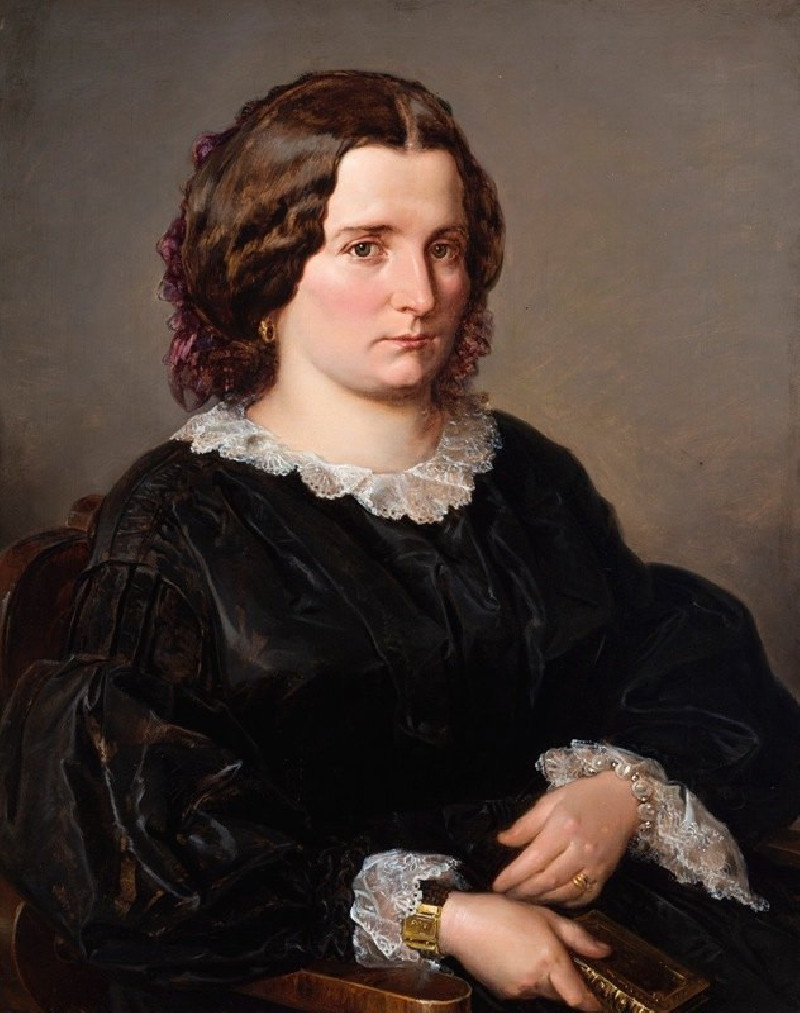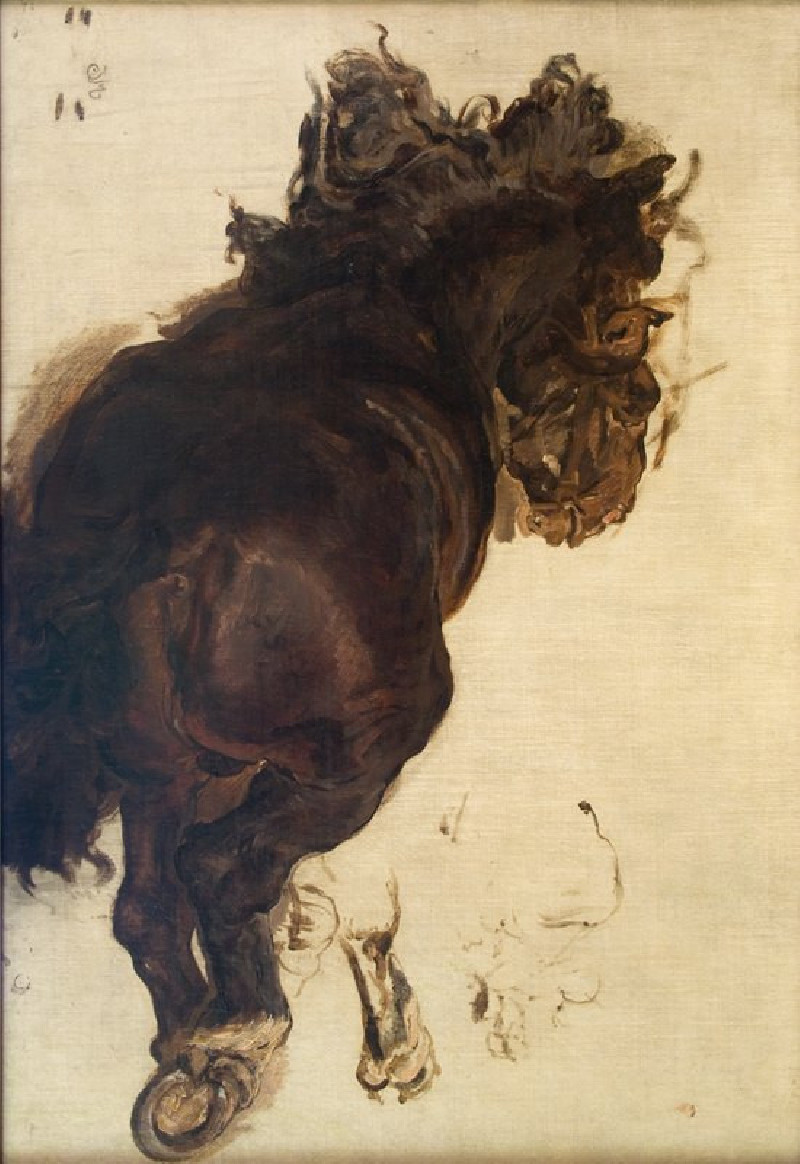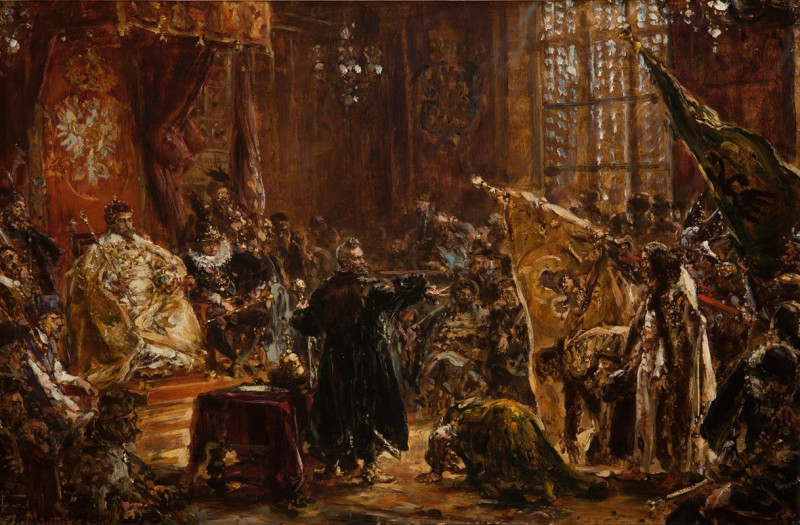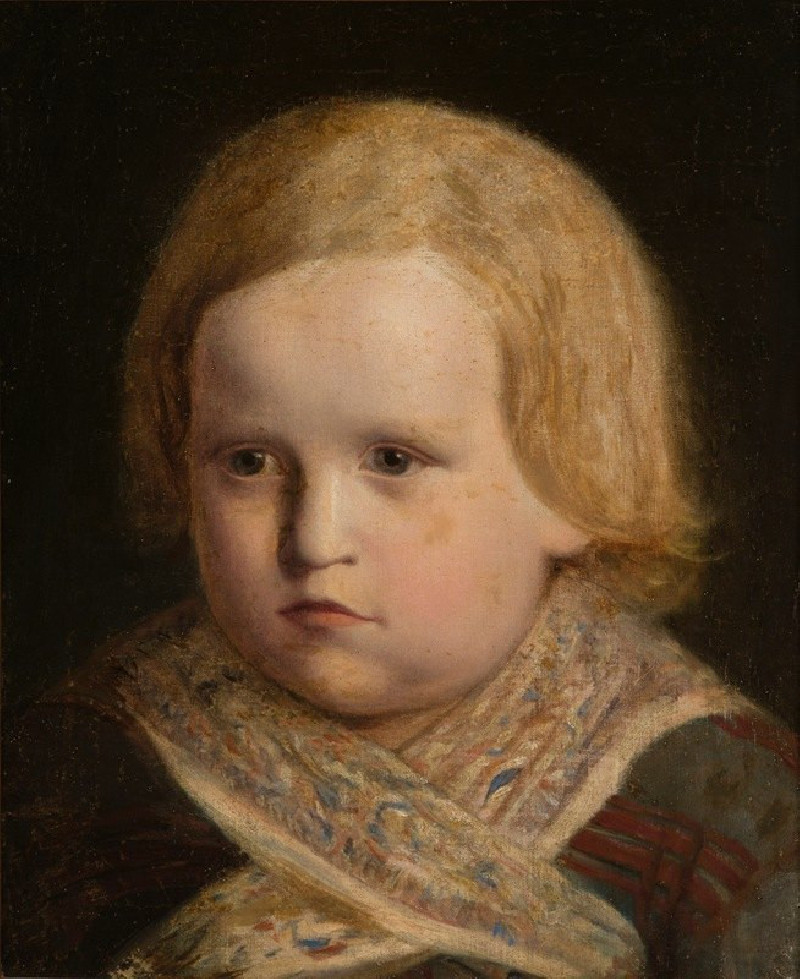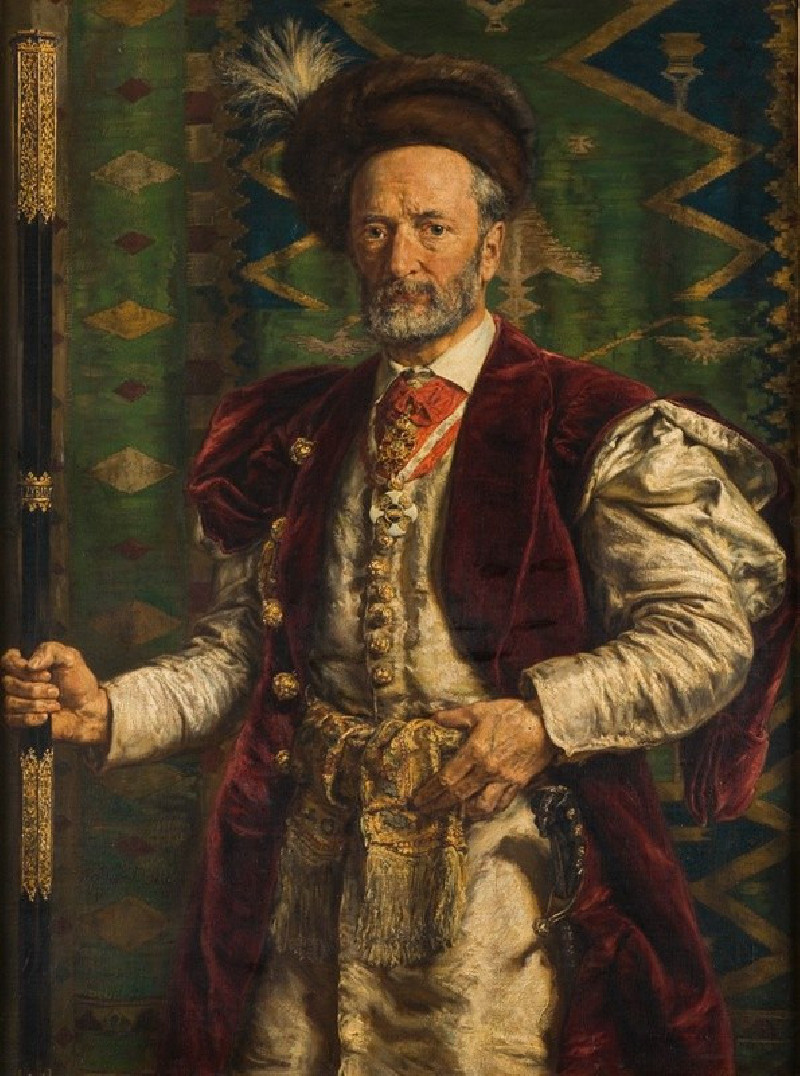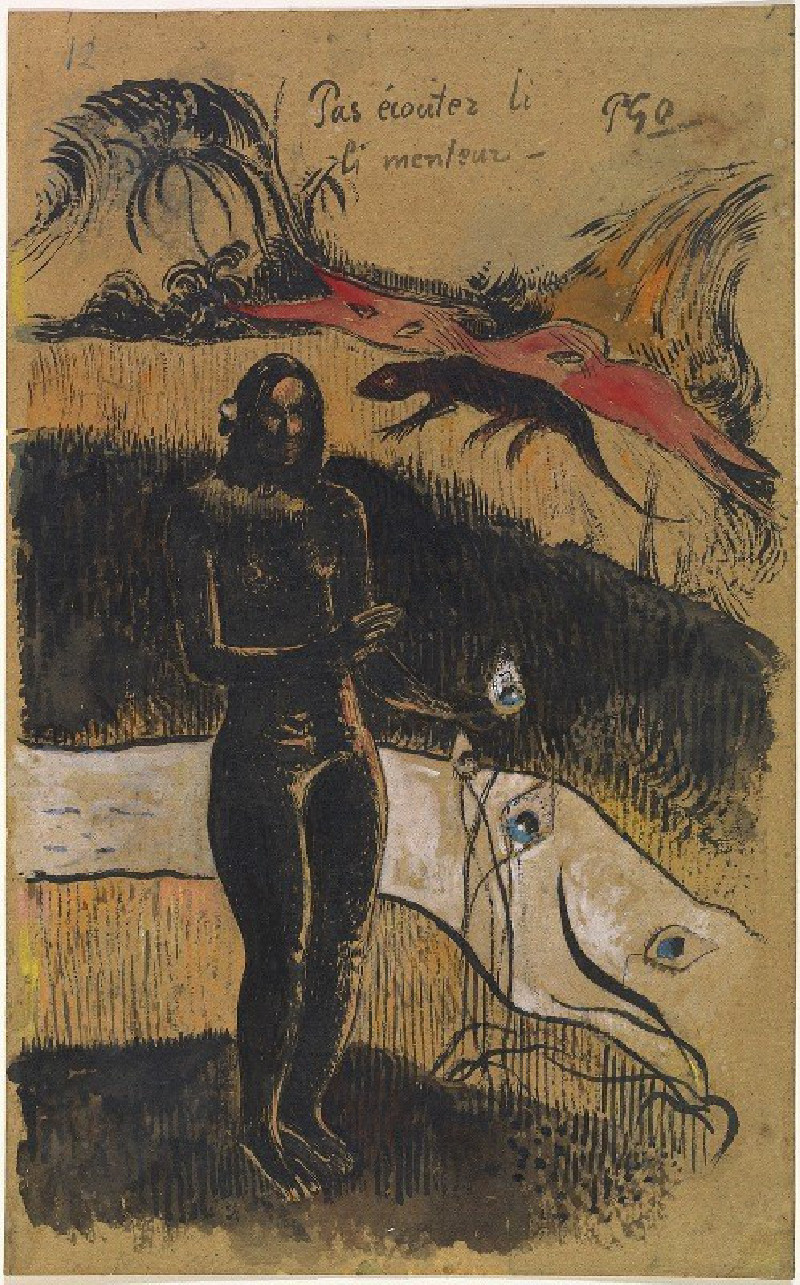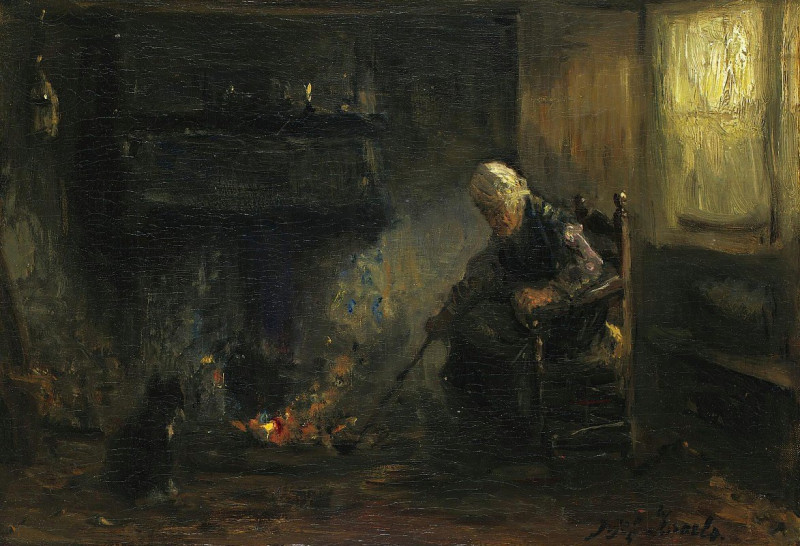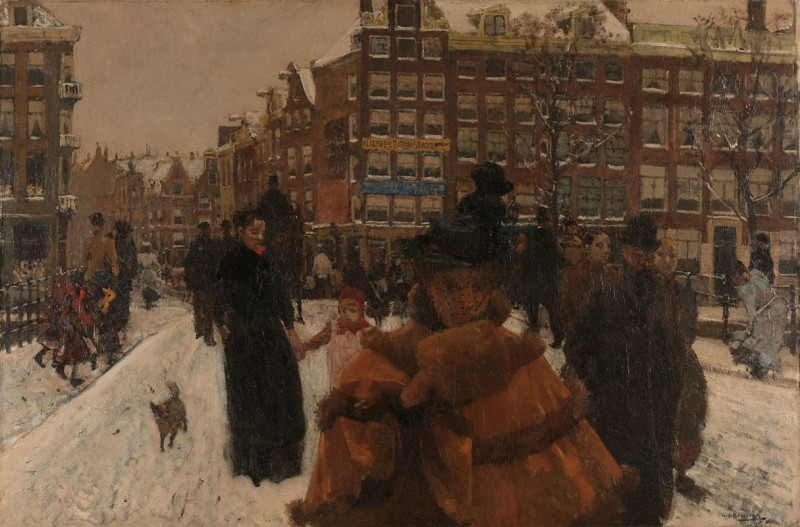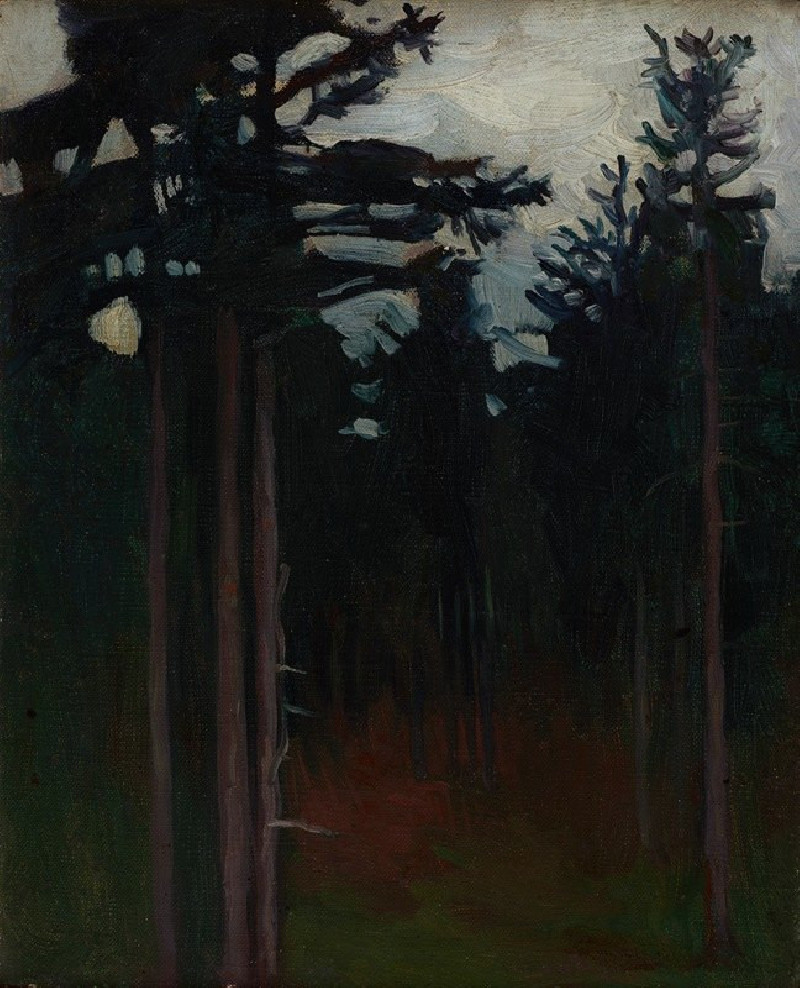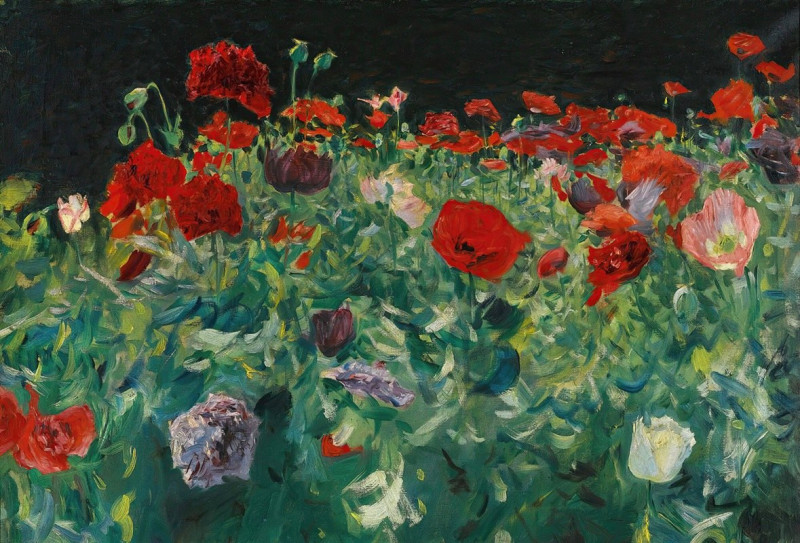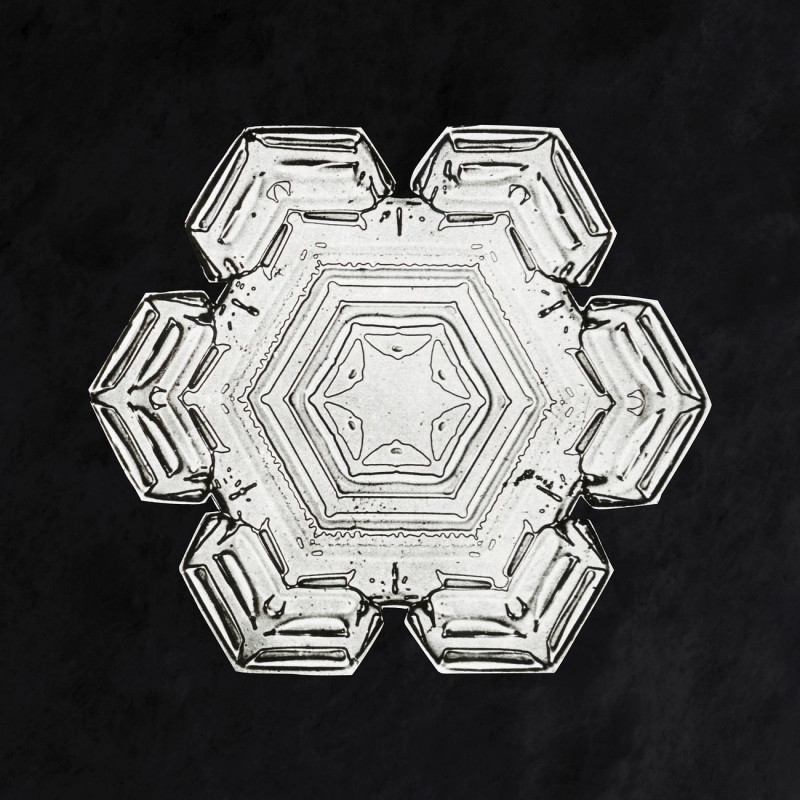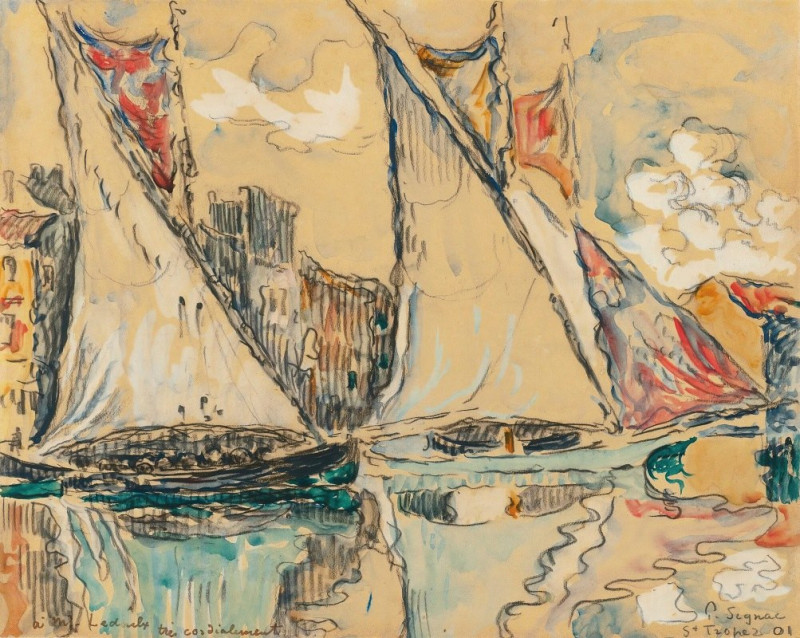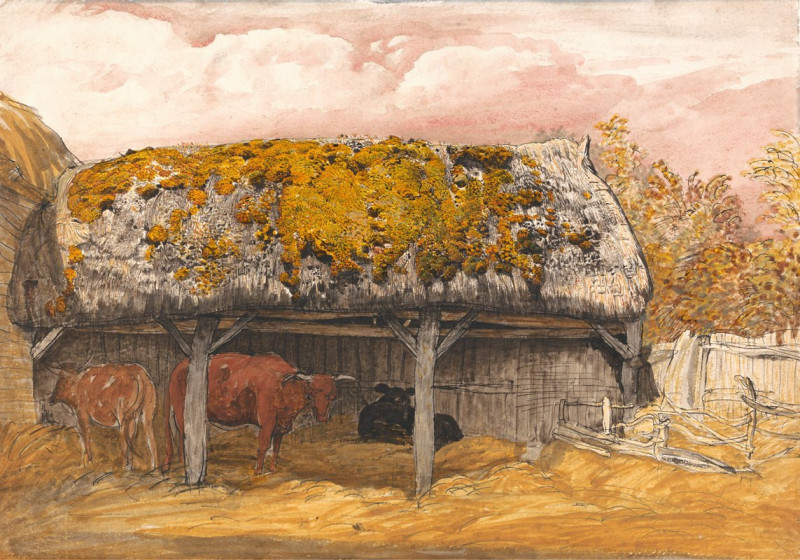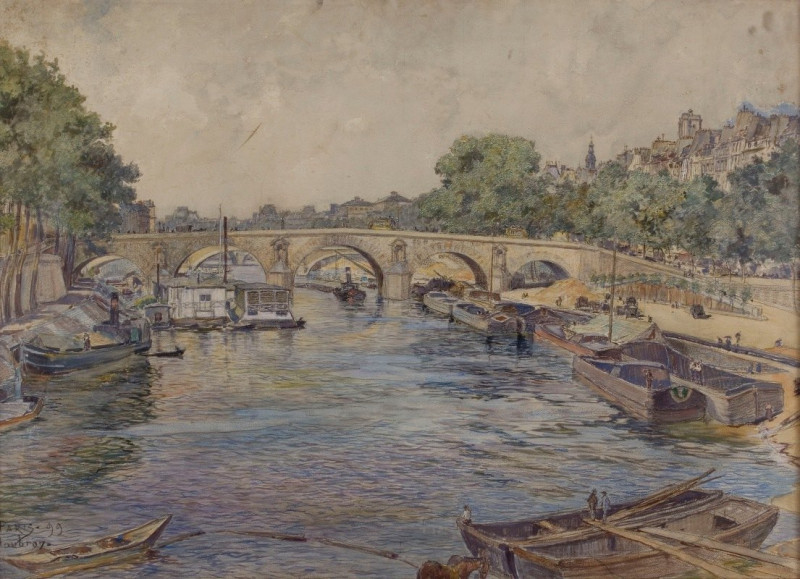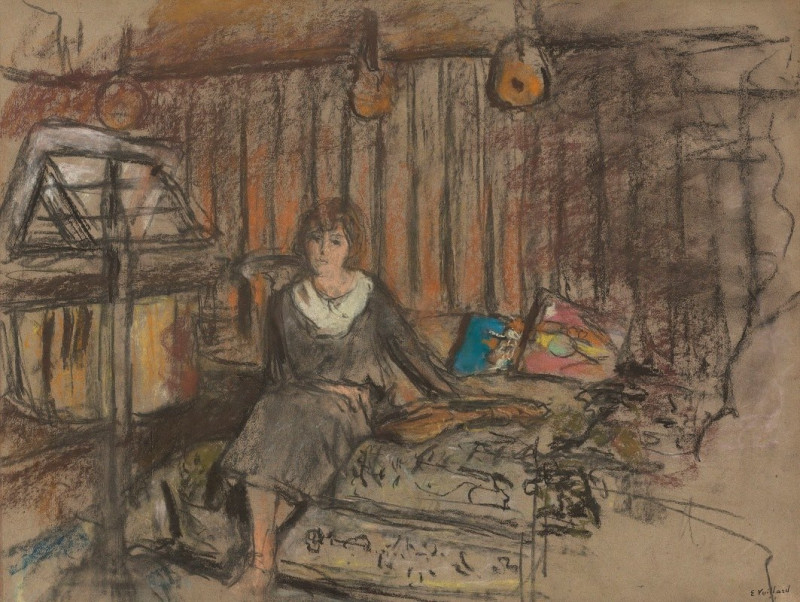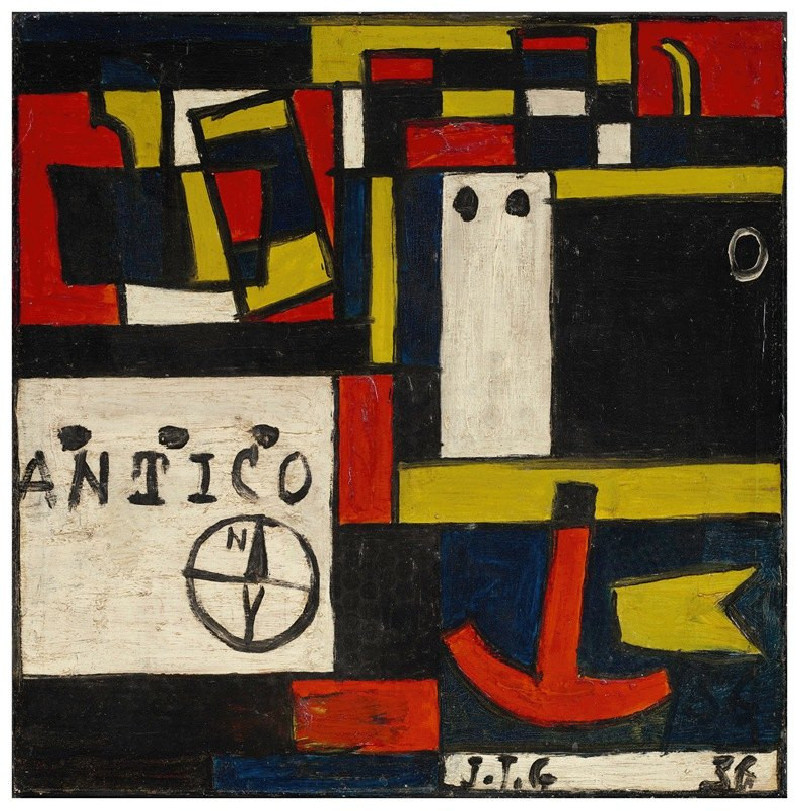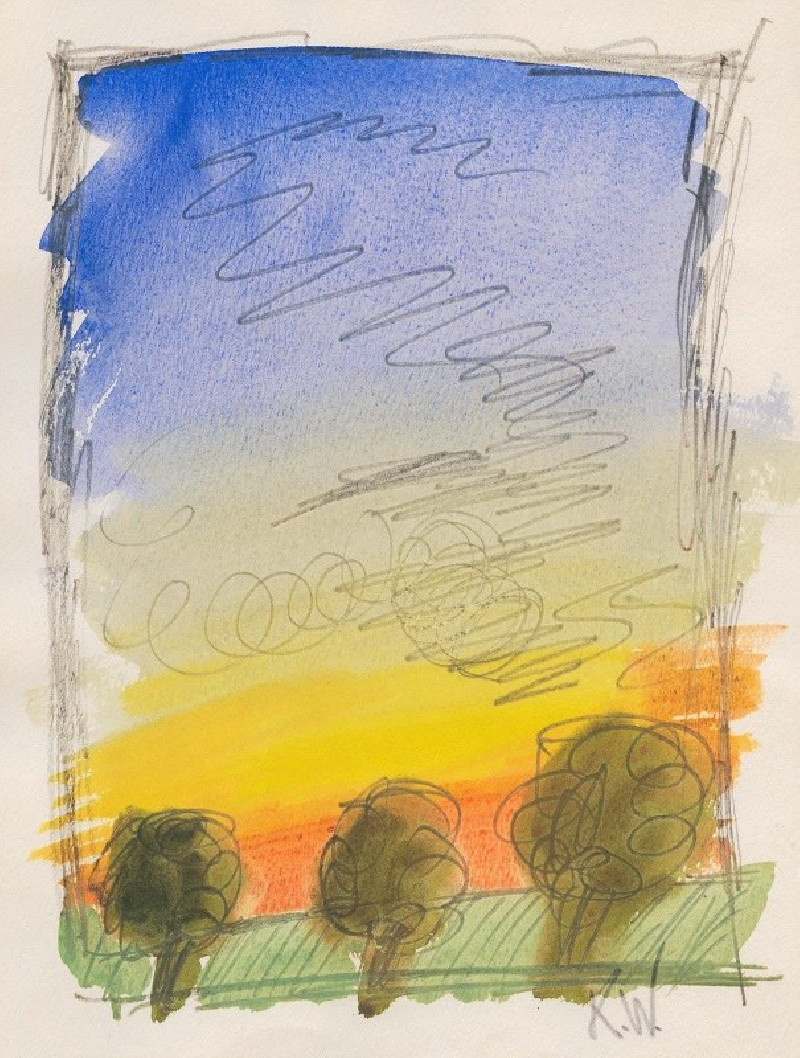Polonia 1863 (Poland Enchained) (1864)
Technique: Giclée quality print
Recommended by our customers
More about this artwork
"Polonia 1863" (1864) by Jan Matejko is a powerful and evocative painting that captures a poignant moment in Polish history. This masterpiece, also referred to as "Poland Enchained," serves as an artistic commentary on the dire circumstances Poland faced following the unsuccessful January Uprising against the Russian Empire in 1863.The paintingl depicts a dimly lit, somber prison scene where various figures embody the despair and suffering of the Polish people. Central to the composition is a woman dressed in black, representing Poland itself, who stands desolately with arms extended, seemingly pleading or expressing her sorrows. Beside her, another woman clutches a wounded or possibly deceased man, symbolizing the loss and devastation of the rebellion.Scattered throughout the scene are other poignant figures: an elderly man with a child, suggesting the impact of the conflict on all generations; prisoners in chains; and a scholar, which might represent the intellectual suppression under foreign rule. The array of expressions and the physical condition of these characters reflect the collective grief and fatigue inflicted by oppression.In the background and flanking the central group are Russian soldiers, overseeing the imprisonment, their presence a stark reminder of the oppressive regime. The plaque marked "1863" above the scene anchors the artwork in time, marking the year of the uprising.Jan Matejko, renowned for his detailed historical paintings, uses dark hues and dramatic lighting to emphasize the emotion and tension of the scene. "Polonia 1863" not only serves as a historical record but also as a deep expression of national identity and resilience in the face of adversity.
Delivery
Returns
Jan Alojzy Matejko was a Polish painter, a leading 19th-century exponent of history painting, known for depicting nodal events from Polish history. His works include large scale oil paintings such as Rejtan (1866), the Union of Lublin (1869), the Astronomer Copernicus, or Conversations with God (1873), or the Battle of Grunwald (1878). He was the author of numerous portraits, a gallery of Polish monarchs in book form, and murals in St. Mary's Basilica, Kraków. He is considered by many as the most celebrated Polish painter, and sometimes as the "national painter" of Poland.

